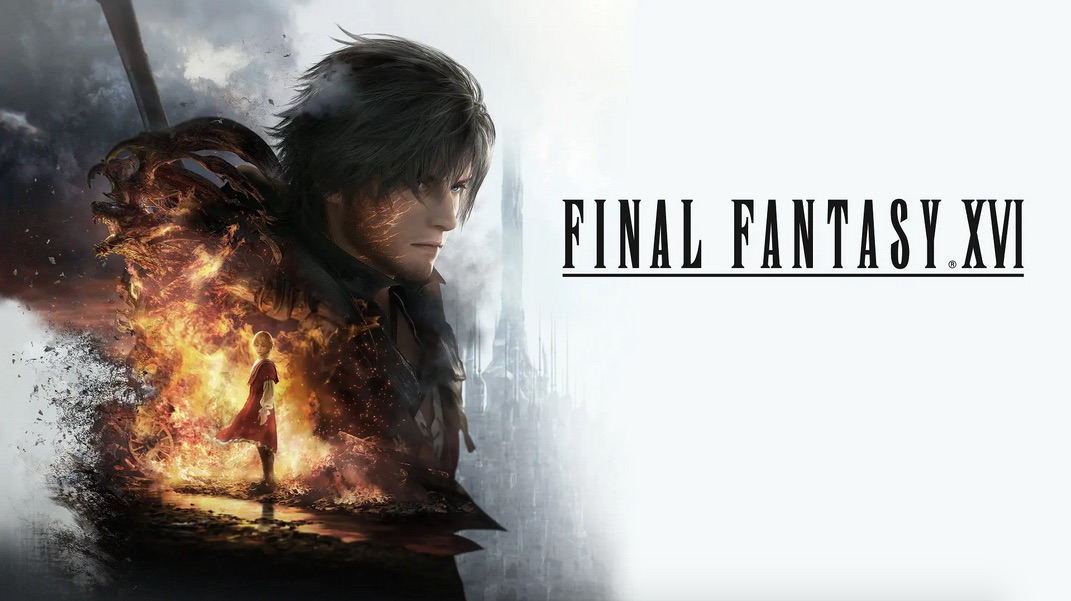
Final Fantasy XV had an infamously rocky development filled with drama, hits, and missed opportunities that would make your head spin. From the get-go, it was rife with an ambitious vision and a trail of setbacks.
The team started out calling it Final Fantasy Versus XIII, a title that echoed with mystery and intrigue. It was like a never-ending night, with delays piling up, leaving everyone wondering if it would ever see the light of day.
The team had to make tough choices, but even with the changes, fans were divided over the direction it was taking. Some embraced the change. Others felt like they were left in the dark. One thing was for sure, Final Fantasy was never going to be turn-based ever again. This was further emphasized by Final Fantasy VII Remake abandoning its turn-based roots.
A lot of the trials and tribulations that defined Final Fantasy XV‘s troubled production would inform Final Fantasy XVI. This time, the team would be headed by Naoki Yoshida, the shepherd of Final Fantasy XIV‘s salvation. His vision would take heavy influences from Western fantasy media and would be the first M-rated mainline Final Fantasy.
With the last several entries in the franchise failing to impress fans, there was a lot of hope that Final Fantasy XVI would be the “good one”. While there are impressive aspects to this latest entry and efforts were made to address the issues that have plagued the series at large, is it what the franchise needed? Find out in this Final Fantasy XVI review!
Final Fantasy XVI
Developer: Creative Business Unit III, Square Enix
Publisher: Square Enix
Platforms: PlayStation 5
Release Date: June 22, 2023
Price: $69.99 USD
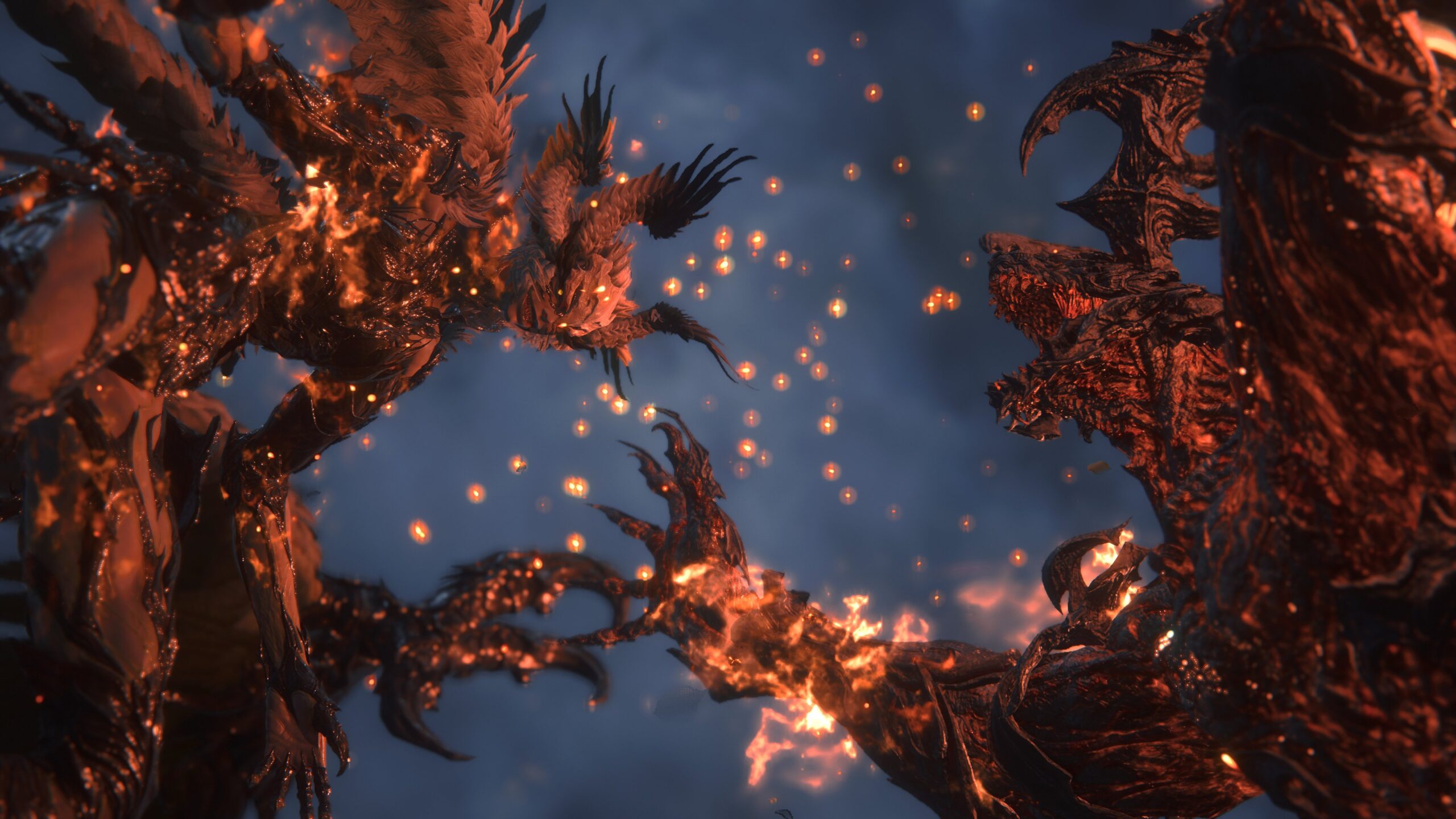
What makes a Final Fantasy game? There is a lot of discourse over what it means to be Final Fantasy, and most people feel that it needs to fulfill a checklist of iconography. Chocobos, moogles, crystals, empires, rebels, summons, and magic are among the concepts fans associate with Final Fantasy.
In this humble reviewer’s opinion, it doesn’t matter if Final Fantasy has any of these elements since these ideas were introduced gradually over the series’ 35-year existence. To me, what makes Final Fantasy is more abstract and is something that is felt and not checked on a list.
Ideas like a time-traveling sorceress using monsters from the moon or a dream boy and his star-crossed lover thwarting his father who is also a god-like whale are symbolic tales. They aren’t meant to be taken literally and explore greater themes like the meaning of life and death.
Final Fantasy XVI comes across as so much more basic compared to its predecessors in every way imaginable. The story is a very straightforward revenge scenario and the gameplay has stripped out all the complexity the franchise has been known for in the last 35 years.

In the realm of Valisthea, there are six nations, each governed by the power of a crystal. Each nation is led by a Dominant; prominent military figures and hosts to Eikons which are powerful elemental beings with untold abilities. At the center of it all is Clive Rosfield, the firstborn of Rosaria, and his little brother Joshua Rosfield, the Dominant of the Phoenix.
There is only supposed to be one Dominant per element, but somehow Clive is revealed to be the second Dominant of fire. After his kingdom crumbles, Clive finds himself shackled into slavery, like a man at the mercy of fate. Meeting the outlaw Cidolfus Telamon is when the real chaos begins. Clive gets tossed into a deadly dance between the nations of Valisthea and clashes with the other Dominants.
Clive is caught in a crossfire, and he’s gotta navigate the dangerous waters or drown in the darkness. It is a story that takes inspiration from Game of Thrones; the design and history of Clive is suspiciously similar to Jon Snow. The influences are so deep that it becomes distracting.
Getting past the derivative premise will show that Final Fantasy XVI manages to weave a coherent story. For a while, this franchise has struggled to tell a story in a way that makes it easy to understand. Clive’s quest for revenge may not be as surreal or abstract as some of the prior entries but seems to be written to be as accessible as possible.
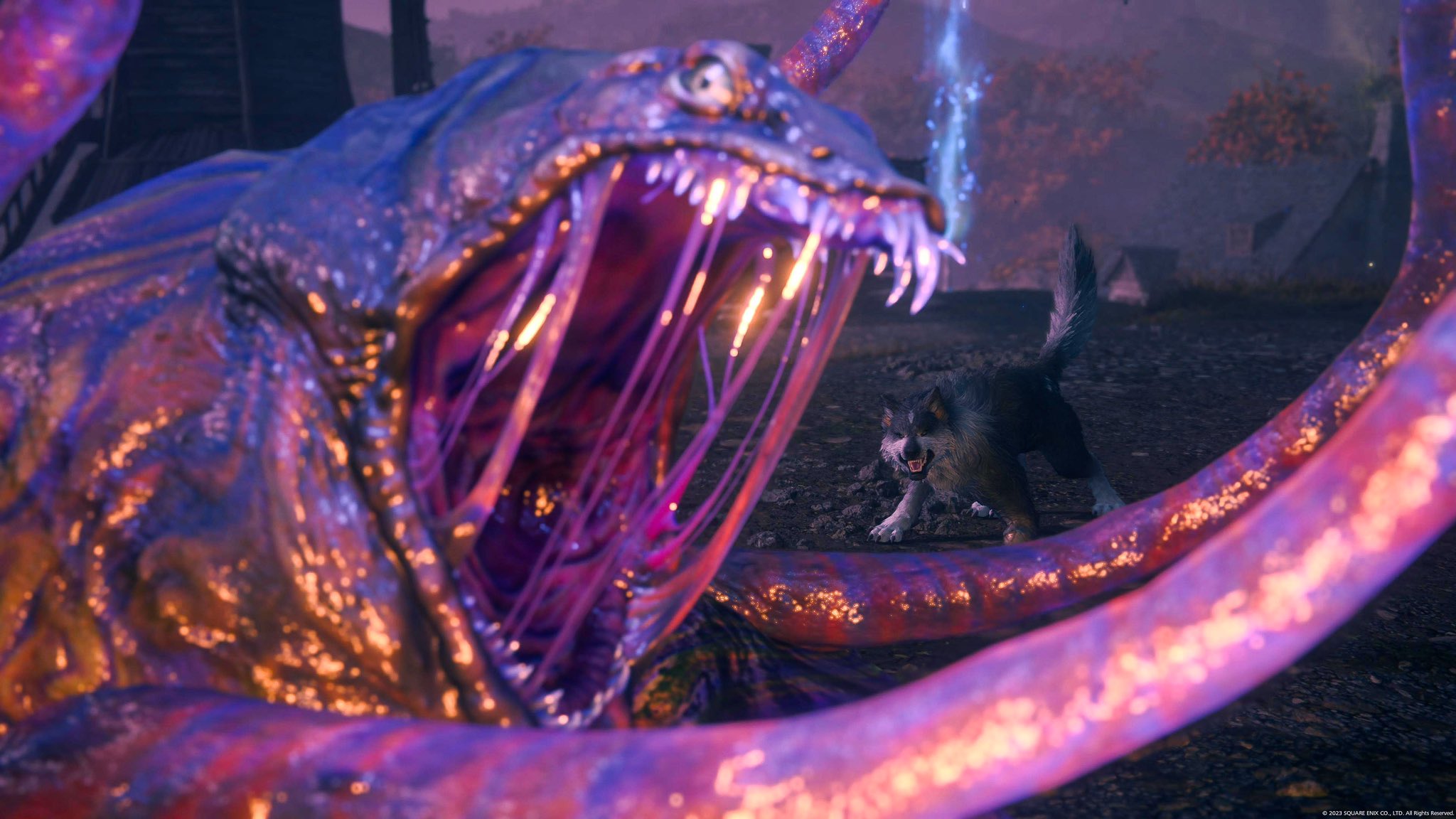
The magical and alien concepts that Final Fantasy XVI introduces are explained very effectively and there is never any moment of confusion. To this day, there are tons of people who played Final Fantasy XIII and they won’t be able to explain what a “focus” is or what the differences are between a Fal’Cie or a L’Cie. This is not a problem in Final Fantasy XVI; nobody will be confused playing it.
The production values in Final Fantasy XVI are also through the roof. There are a ton of cutscenes that seem to get longer the deeper you go into the game and players will see the money burning on screen. They can run long, so much so that one time my PlayStation 5 controller ran out of battery from back-to-back cutscenes
The Eikon battles are the signature moments where players will be in control of the series’ famous summon monsters. It is always scripted when it happens. Don’t expect to be able to transform into Ifrit whenever- only during key story sequences.
These moments are intensely flashy and dazzle with flames hotter than hell, but are ultimately shallow due to the dull gameplay and low difficulty. Sometimes it kind of feels like something out of a 3D Sonic the Hedgehog game where most of the action is automated. Quick-time events make an unwelcome return and are far too easy to mess up.
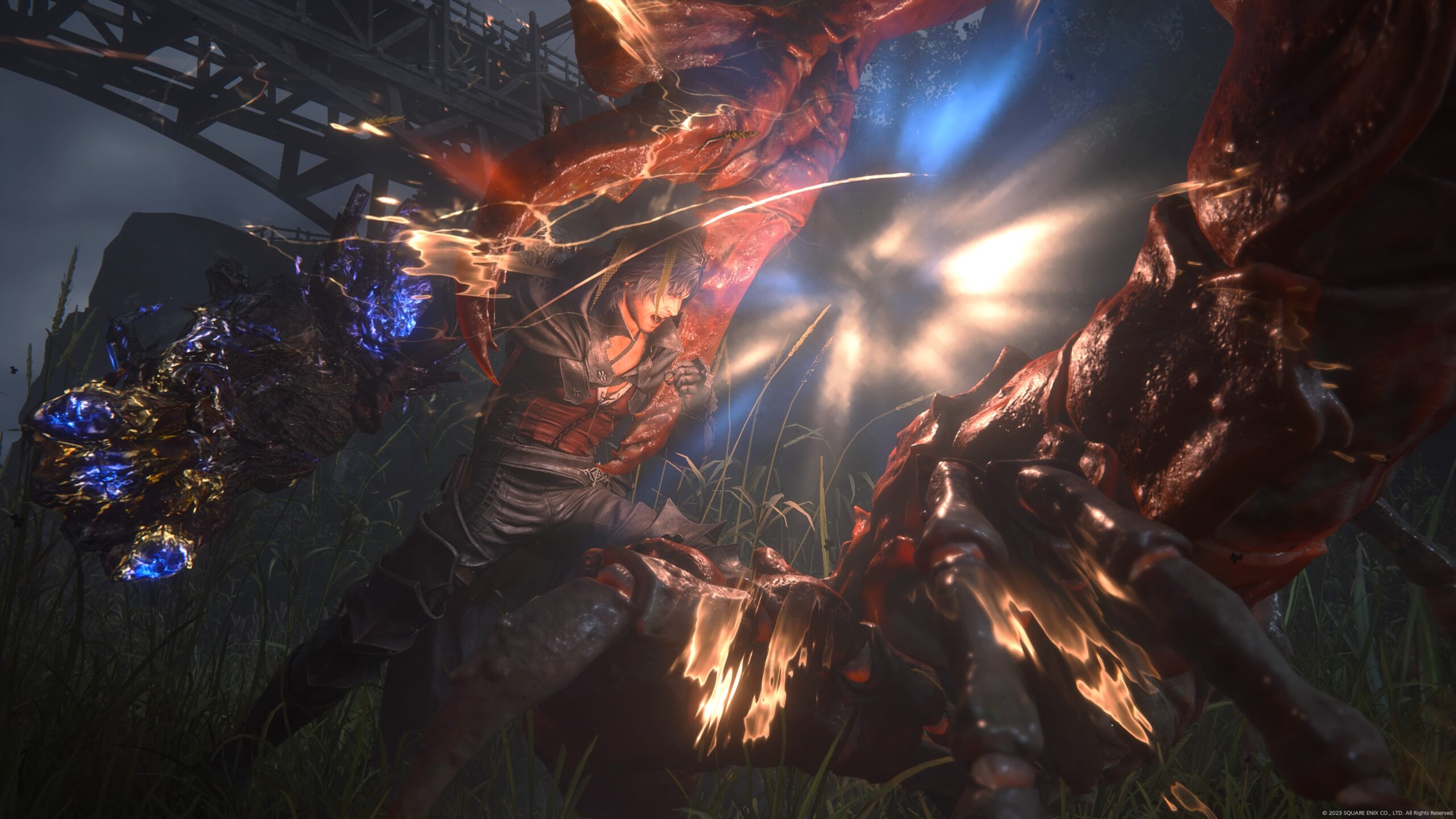
For some time, Final Fantasy has been inching towards becoming a full-on action game series. Final Fantasy XII completely dropped battle screen transitions and XIII and its sequels injected many real-time action mechanics. When XV came around, the player was controlling only the protagonist and gameplay revolved around uninvolving, sluggish melee combat.
Things made more sense in VII Remake, where the action was responsive and players controlled an entire party. It wasn’t perfect, but it was the best Square Enix could do. Final Fantasy XVI doubles down on the action gameplay, yet it also takes a few steps backward from VII Remake.
Clive is the only playable character and can only use swords that have only a verticle upgrade path. There is never a downside to using new equipment, it always is better to use whatever new sword comes his way. The main attacks are a very simple combo and there are no pause inputs for complex attacks like in Devil May Cry or Bayonetta.
Having other Eikons equipped further expands Clive’s combat abilities with extra attacks but they are tied to a cooldown which severely restricts expression. During the endgame, this is always a setback and the only way to reduce the cooldowns is by equipping accessories- solutions to a created problem.
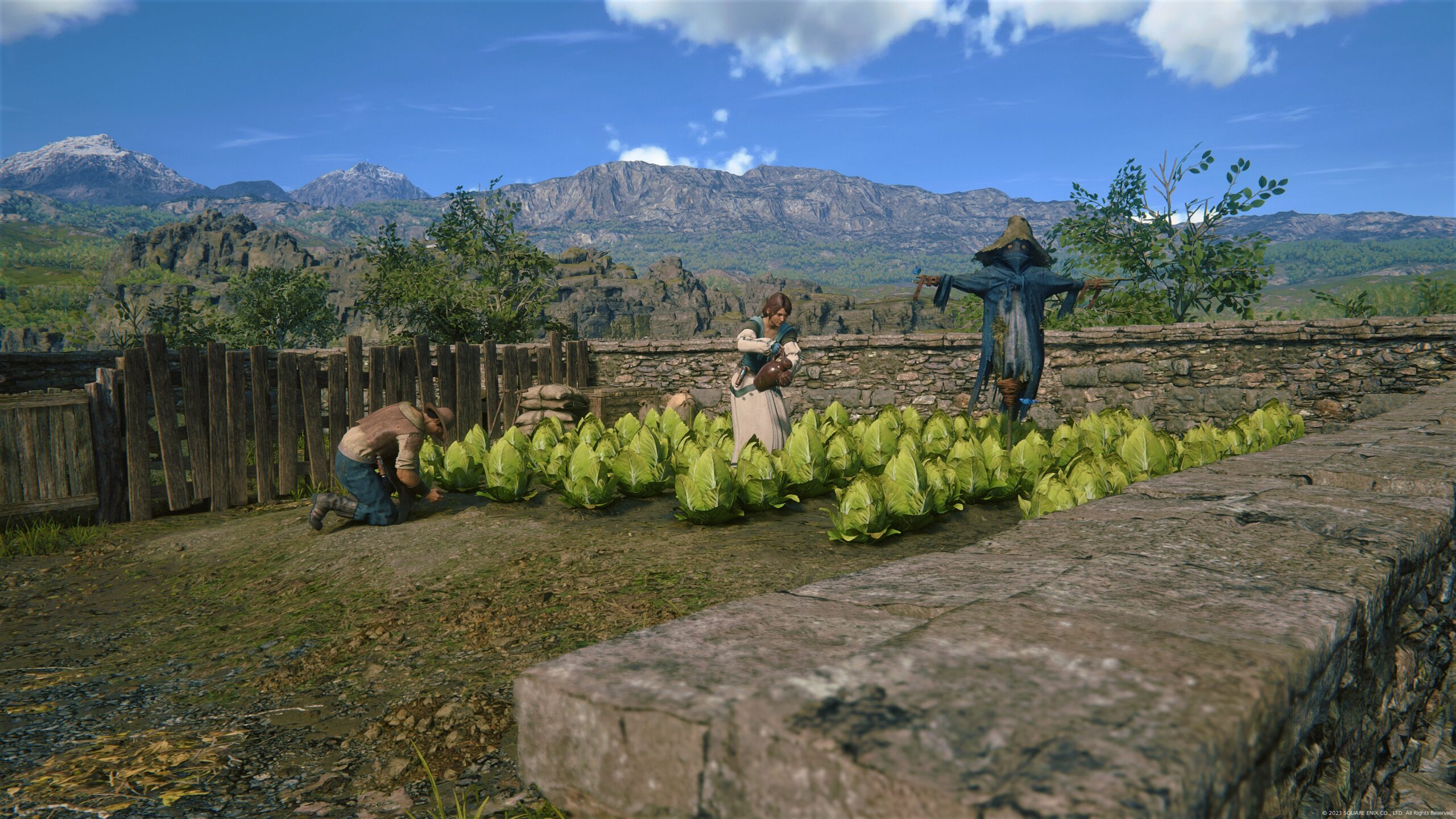
The much lower budget and less serious Stranger of Paradise manages to have much more complex and dynamic combat. In that game, Jack was able to wield different weapons with unique handling and could change job classes on the fly. Clive has very little going on and relies on the spectacle of the scripted story sequences to elevate the admittedly entertaining action.
Clive’s combat is not the only aspect of Final Fantasy XVI that feels limiting. Valisthea never feels like it is fully realized. The bland art direction makes it come off as a generic Renaissance festival and there is almost nothing to interact with.
The visuals are expectedly good on a technical level, but what AAA PlayStation exclusive doesn’t look good? The impressive graphics are practically a given for a title like this. Today, it is rare for any game to come out ugly or have bad graphics, especially when most assets are outsourced.
Almost all buildings are just set dressing and can’t be entered or explored. Clive’s attacks clip through everything that isn’t an enemy and there is no sense of verisimilitude to the world. Everything feels too clean and sanitized.
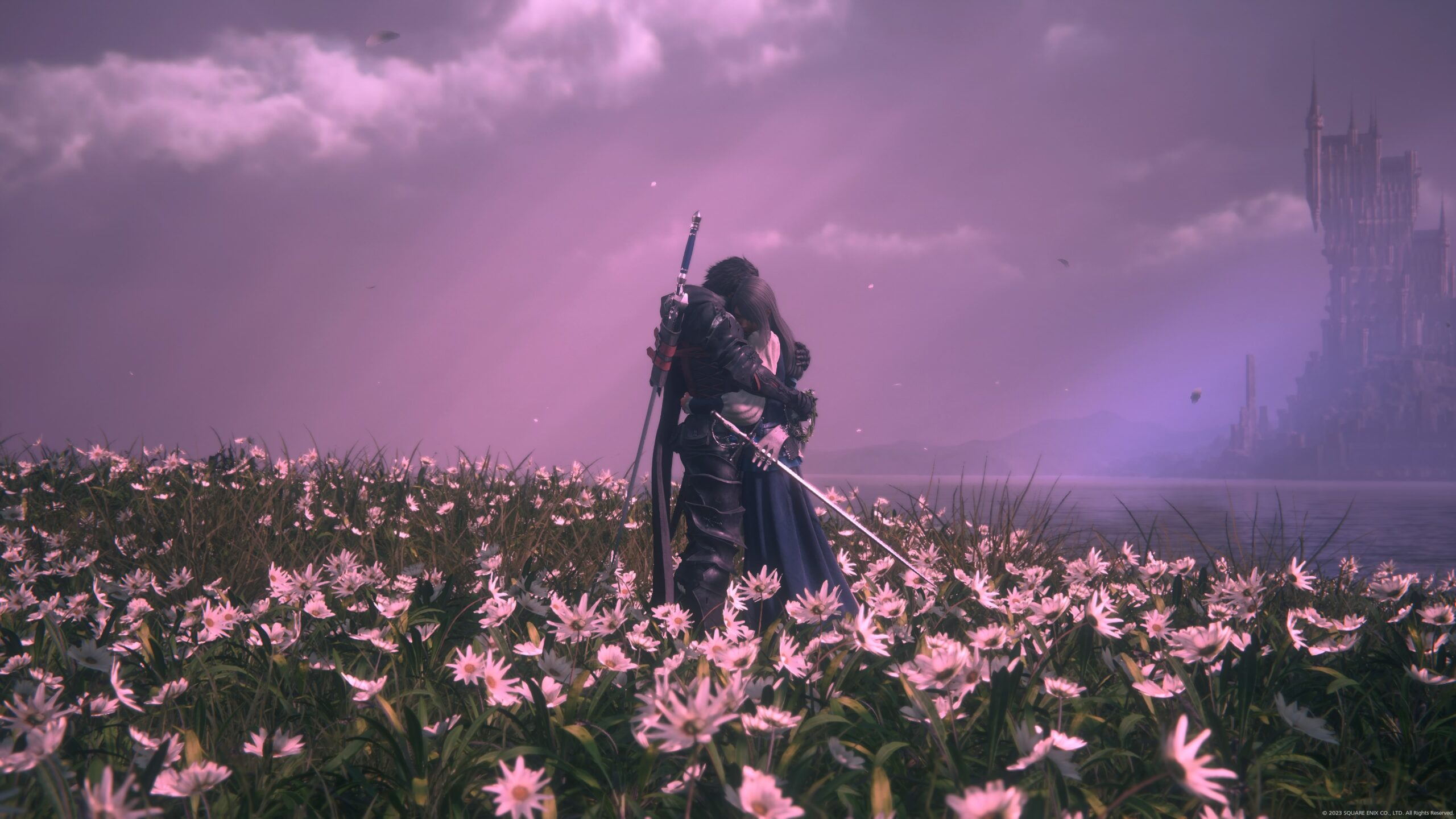
Worse yet- Final Fantasy XVI is devoid of side activities and minigames. The only modules in this game are fighting and watching cutscenes. There are no card games, no blitzball, no Fort Condor, no Chocobo raising (they’re mounts only), and worse yet- no fishing.
Valisthea is rife with idyllic fishing spots and the fact that Clive can’t sling out a rod and catch some fish is a huge mistake. Anything would have been better than nothing because Final Fantasy XVI feels empty and barren. It comes off as unfinished and in new game plus, expect to be hit with postgame blues. The combat is far too basic and too easy to carry the experience.
Final Fantasy XVI‘s level design has barely improved from the narrow corridors of XIII. The halls are much wider now and you won’t be choked down a single path as often. For all the efforts to make the melee feel like Devil May Cry, the level design is what needed more attention.
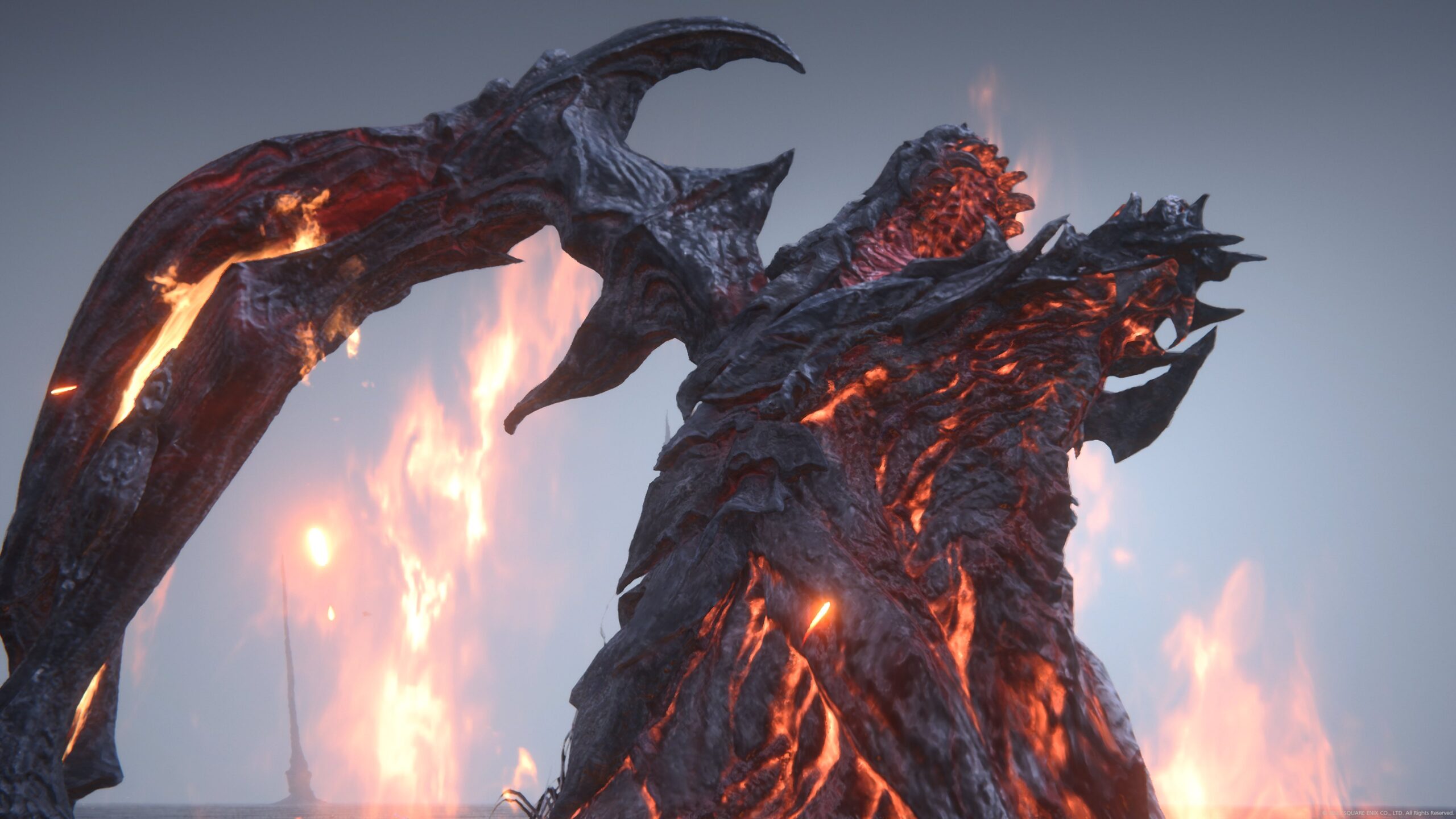
Second Opinion – Jonathan’s thoughts:
Interjecting myself here into Fingal’s review because I had a few thoughts I wanted to add about my experience with the game. In no particular order, here they are:
- CBU3’s storytelling works in Final Fantasy XIV because it’s a massive open world with a plethora of things to do while you progress through the story. Here, that storytelling is far too drawn out and the second half of the game slams to a crawl after being very well-paced for the first half. As there aren’t any level requirements on objectives, Clive is simply running around telling the whole world’s bearers what their plans are (which makes his war council woman pretty much the worst strategist of all time), stalling for time until the developers feel like you’ve invested enough time to let you progress to the next Dominant fight. This game needed to cut about 15 hours of bland side story between mother crystals and instead injected those parts of the story into the active lore system (which is a welcome addition over Final Fantasy XV’s storytelling that required you to interact with media outside the game to even follow it) instead. Clive and Joshua’s story is interesting, Clive and Jill are interesting, Clive and the other Dominants are interesting, and everything else is painfully boring because none of it ultimately matters.
- Itemization is pointless – every weapon, belt, and bracer are nothing but basic stat sticks. There’s zero strategy based on what weapon you choose, you just constantly use the one with the biggest number so the fights that are artificially inflated by health sponging don’t take quite as long.
- Combat pretends to be deep, allowing you to switch between equipped Eikons on the fly in order to maximize strategy, but it’s all just a shallow farce. Realistically, you’re going to be performing the same combo over and over (square x4, triangle, lunge, punish) until everything dies, and saving all of your Eikon powers to spam while larger miniboss-type enemies are staggered. It was extremely disappointing when “Devil May Cry combat” was dangled in front of us like a carrot, only to find that the carrot was mostly rotten and only looked desirable from a distance. Torgal can be used to help juggle, but aerial combat is barely passably implemented and not all worth the effort it takes to actually pull it off.
- Graphically this game is incredible looking but the flash only goes so far. The Eikon battles finally give you the opportunity to pilot familiar Espers/Gods/Guardian Spirits/Primals (whatever you wanna call them, really) but the scenes are little more than arbitrary button-mashing contests where you eventually wind up completing a sequence with a quick time event. Lame. Give me command on the fly. Clive can turn into some burning ember half-cocked demigod, but he can’t just turn into Ifrit because of some bland excuse the story tells about him not having full control over his transition, meanwhile, none of the other Dominants suffer from this fate. It’s lazily explaining a bad design choice.
- They sure did make a pretty game, but they forgot to include anything that even remotely feels fun to play. Clive is painfully slow, frustratingly so that it feels like it takes ages just to get from one side of the hideout to the other. On top of that, there are rails literally everywhere that keep the player “in-bounds”, which doesn’t make sense considering in Final Fantasy XIV you can easily jump over a banister to get down a set of stairs faster or hop a small fence to run across a field. Not in this game. You go where they want you to and nowhere else, slow and steady so you don’t accidentally break something. This was apparently also pretty easy to do, as I had to replay several sections because I combo-ed enemies out of bounds so they were stuck aggroed and couldn’t get back into the fight nor could I hit them with magic, which meant a few reloads of my last auto-save.
- “Action-focused” difficulty is far too easy, only artificially inflated by the weird timing of the dodging. In most of these Devil May Cry-inspired fighters, you strive to dodge at the last second or as the attack is connecting – not here. You have to dodge as soon as the attack starts in order to dodge reliably, and even then it’s still sometimes a crap shoot depending on the attack. It’s no surprise that people equipped the EZ-Mode auto dodge ring because the evasion system is janky. Speaking of the auto rings, they are basically worthless and you’re actually at a disadvantage using them unless you are using them solely in the name of accessibility. While I personally never equipped the auto dodge ring, I did test the one that automatically heals (which eats your potions up way too fast), the one that makes Torgal attack automatically (which barely seems to really do much of anything at all except occasionally use his painfully weak heal) and the easy combo ring which wastes your Eikon abilities to slightly prolong combos that do little to no more damage than the same basic combo I described earlier, which again puts you at a disadvantage as your most powerful attacks are on cooldown for stagger phases. Simply put, the shallow combat coupled with the inability to swap and give commands to party members makes this game a boring slog to play and it’s not very fun at all.
- Platinum trophy attainment requires playing through this slog of a game a second time on the harder “Final Fantasy” difficulty. Why would anyone want to play through this game twice? As it stands, the second half of the game is such a tub of molasses that even after skipping every single cutscene, speedrunners are still taking just over 9 hours to get through the game (and that’s on the lower “Story” difficulty) – which frankly shows me that the game doesn’t respect your time as a player. At the point of playing this harder difficulty, the player should be proficient enough that they should be able to get through the game in less than 8 hours (more/less obviously depending on skill) since they’ve seen how the story unfolds and can skip the lengthy movie bits. Not every game needs to be 40+ hours. Give me a tight 20-25 that’s fun to play and I’ll be thrilled.
Final Fantasy XVI‘s status is overblown for it being a PlayStation 5 exclusive. For $69.99, it does not deliver an authentic Final Fantasy experience. Its style and ambiance are too closely tied to Game of Thrones and the Final Fantasy elements are merely a hollowed out skinsuit.
At the very least, Masayoshi Soken’s score is vast and operatic. It takes subtle cues from Hitoshi Sakamoto‘s work but is much more bombastic to emphasize the heightened emotions and sense of scale.
If you like Game of Thrones-style intrigue and drama, you will like Final Fantasy XVI. It takes itself very seriously and lacks any fun diversions to mix up the experience. Final Fantasy XVI delivers a truly Westernized take on Final Fantasy with simplistic hack-and-slash combat that will appease average gamers.
Final Fantasy XVI was reviewed on PlayStation 5 using a code provided by Square Enix. Additional information about Niche Gamer’s review/ethics policy can be found here. Final Fantasy XVI is now available for PlayStation 5.